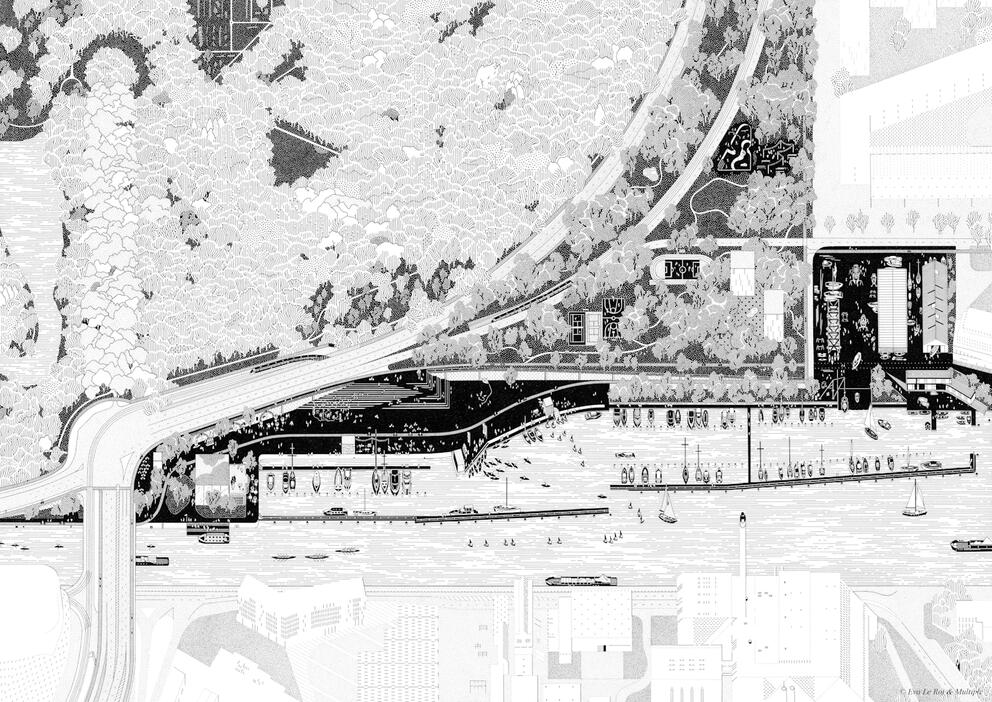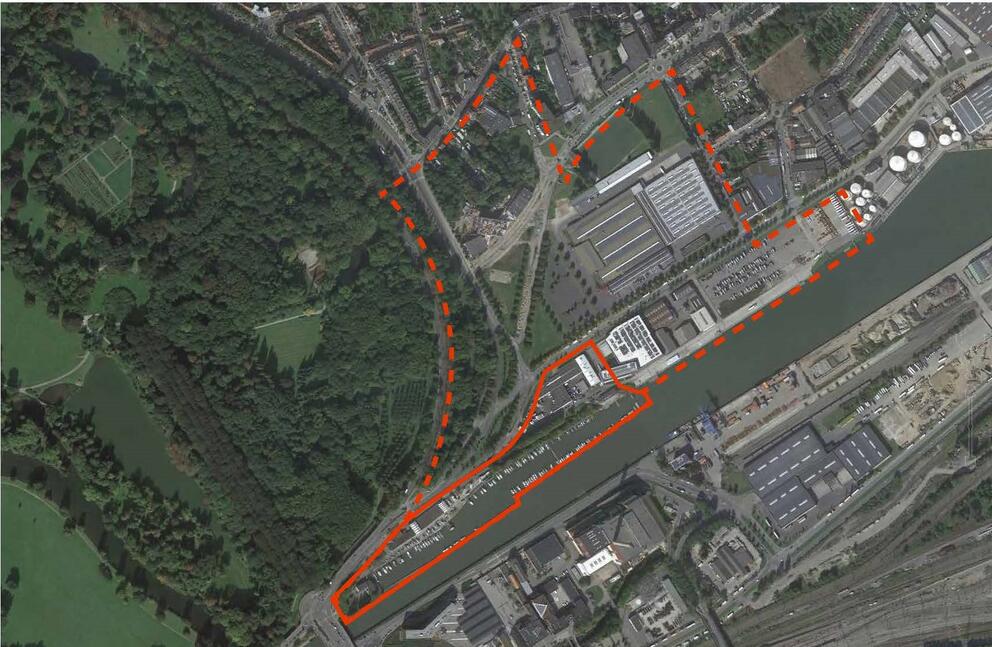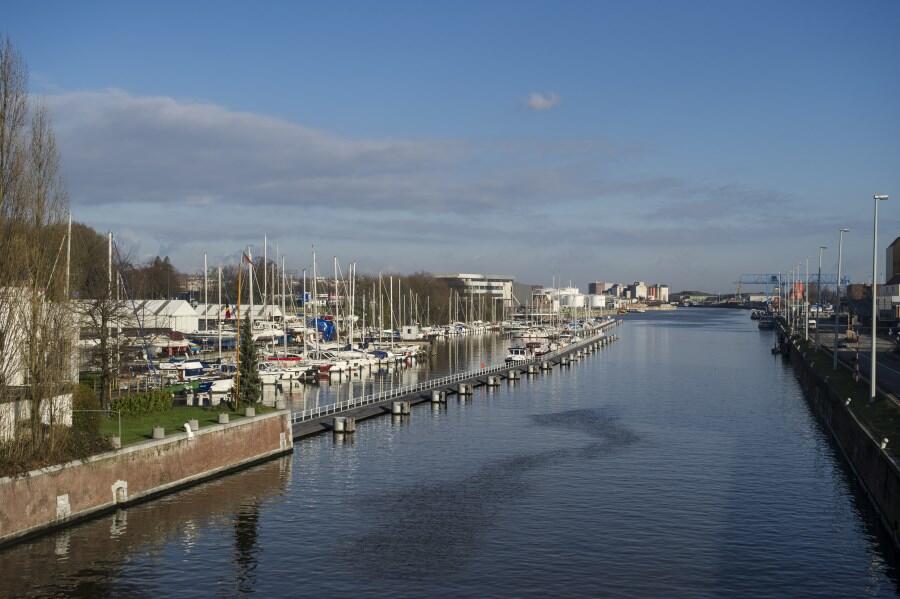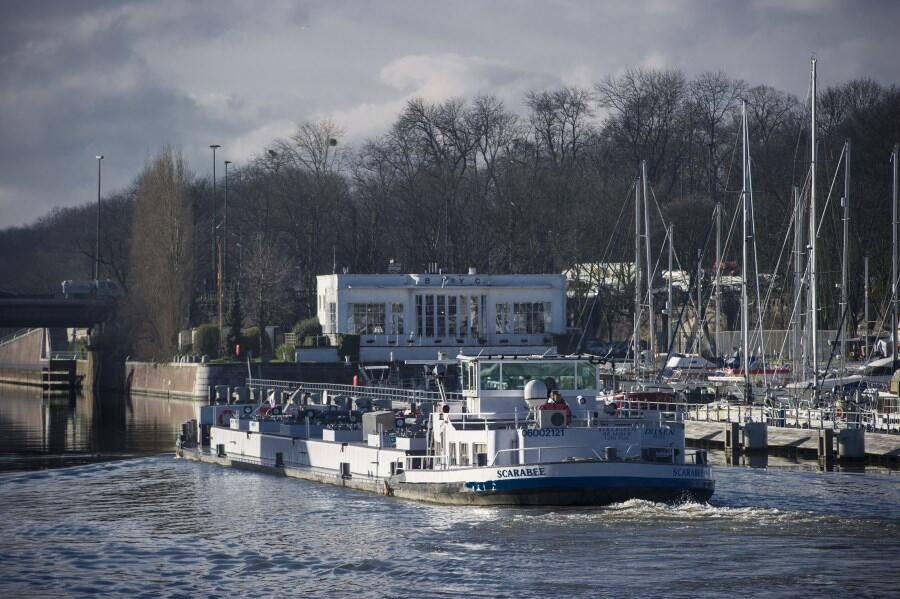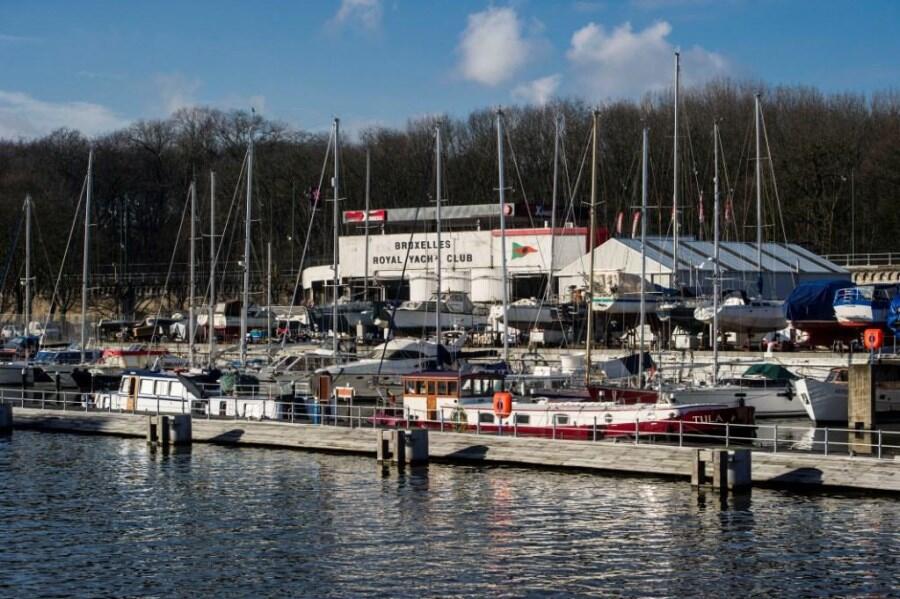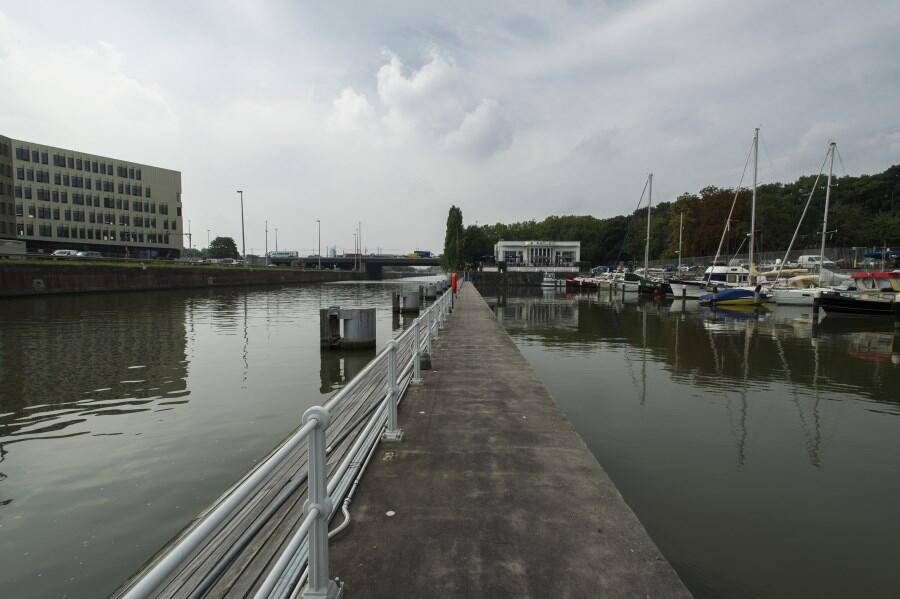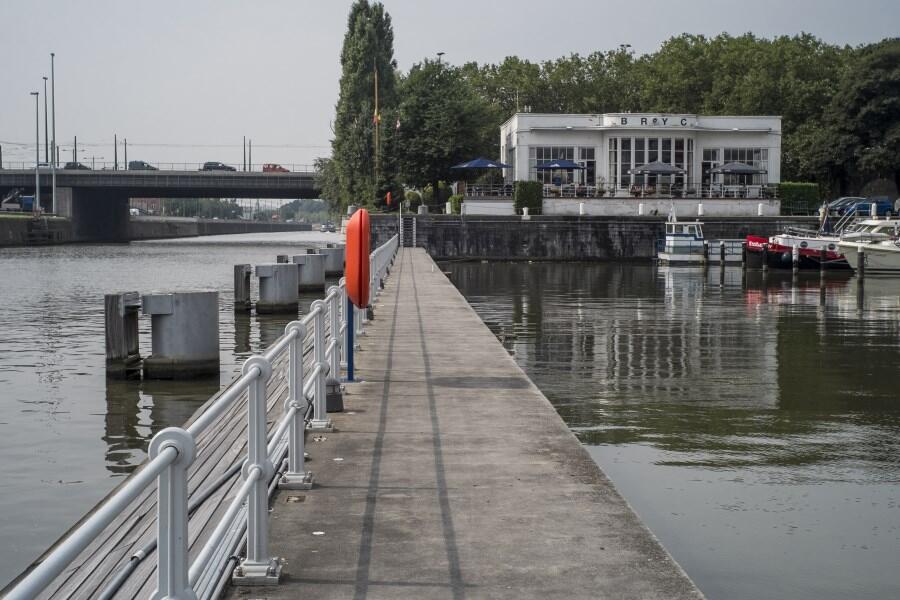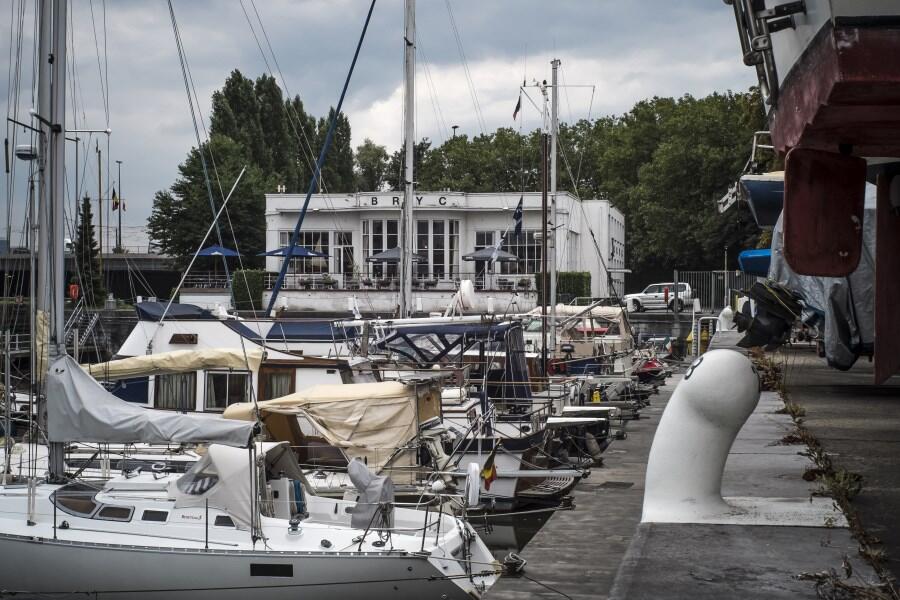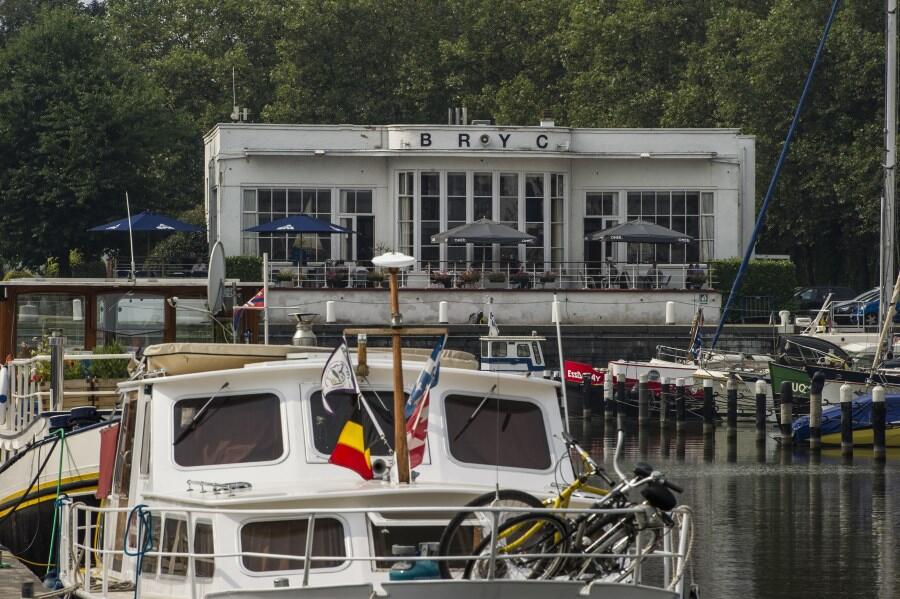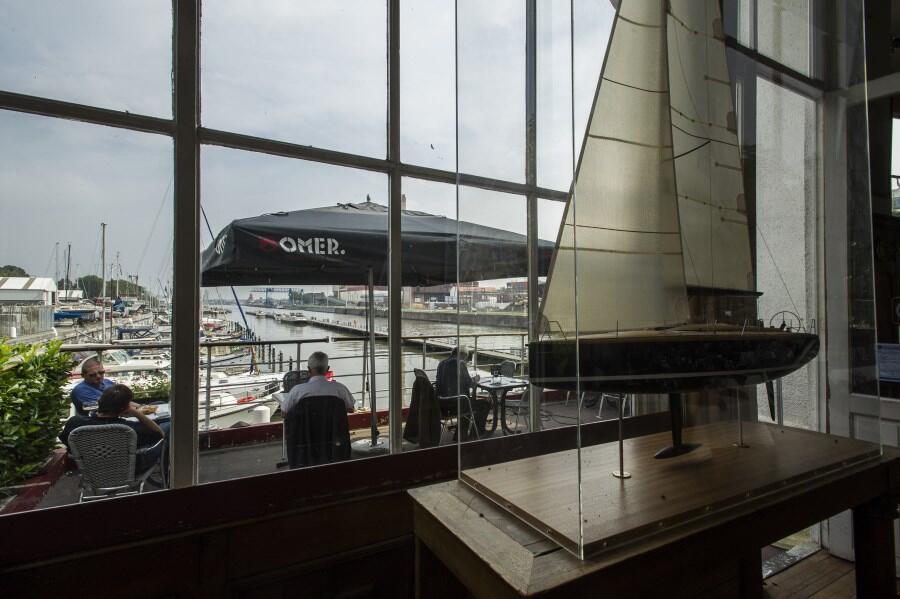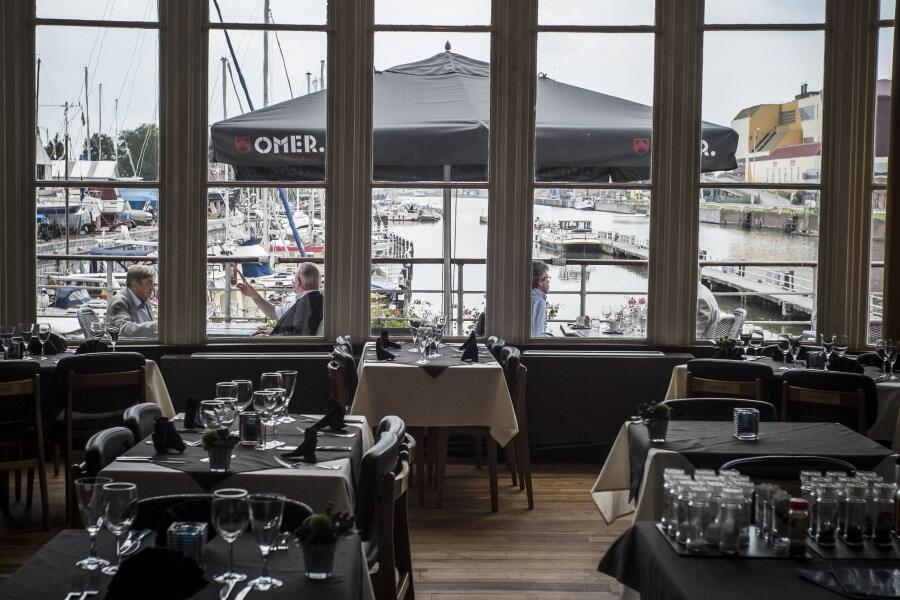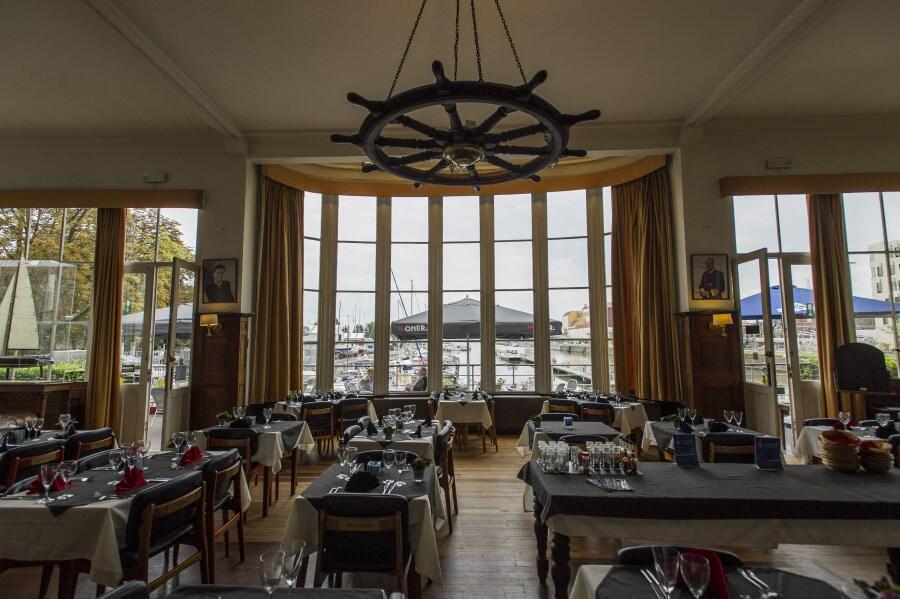Region tasks SAU-MSI with developing a future Brussels nautical cluster
At the beginning of May, on the proposal of Minister-President, the government of the Brussels-Capital Region approved the preferred scenario for the development of a new nautical cluster around the Brussels Royal Yacht Club (BRYC) site, on the Royal Trust and Port of Brussels land below Pont Van Praet.
‘This ambitious mixed project calls for the reconfiguration of the existing BRYC marina and clubhouse site and the area overlooking it between the Canal and Avenue Van Praet to create a high-quality public space, a park, infrastructure related to boating and port activity, sports facilities and business premises. All of this should turn it into an iconic new location for Brussels by virtue of its geographical situation and its unique character in the Port of Brussels estate,’ says the Minister-President.
The regional government tasked the Urban Development Corporation (SAU-MSI), in its capacity as regional project coordinator, with looking into the resources required to implement this vision within the framework of the Canal Plan. The vision itself results from the conclusions of a study led by the SAU-MSI in consultation with the various partners concerned(1). The study was presented yesterday evening for the first time to BRYC members by the SAU-MSI and the Port; the final scenario that it favours, validated by the regional government, is that of this ‘new Brussels nautical cluster overlooked by a park’.
A project shared by several public- and private-sector players
In 2017, in collaboration with various parties including perspective.brussels and the Chief Architect’s team and in the context of the Canal Plan, the SAU-MSI initiated an ‘Urban definition and operational implementation study for the Royal Trust and Port of Brussels site below Pont Van Praet in Brussels’ (carried out by Multiple architecture & urbanism). This is an iconic site by virtue of its geographical situation, the presence of the BRYC marina and clubhouse and the possibility of developing a programme there that reflects the ambitions of the Canal Plan: conserving economic activity and improving its integration into the urban fabric; creating pleasant, unifying public spaces; promoting functional diversity; and so on.
As Gilles Delforge, the SAU-MSI’s director, explains: ‘This study and the work of coordinating the public- and private-sector players that the SAU-MSI has carried out have made it possible to identify the needs of the various stakeholders, to arrive at a consensus between them on a development scenario commensurate with the Region’s ambitions, to demonstrate the project’s feasibility and to create the operational conditions for its implementation. These conditions include the relocation of the Bruxelles-Propreté activities situated there (for which the SAU-MSI and perspective.brussels are working out possible approaches); the redevelopment of the Van Praet, Croix de Feu and Vilvorde roads by Brussels Mobility and STIB-MIVB; and public funding for the realisation of the various aspects of the project. I am delighted at the excellent collaboration that has taken place between all parties so far, including the BRYC and the Royal Trust, and the consensus reached on this ambitious scenario.’
The SAU-MSI must now work out the outline budget for the chosen scenario, the cost of which is currently estimated at 16 million euros (excluding redevelopment of roads and the relocation of Bruxelles-Propreté) over a period of 10 years. It will do so in collaboration with the Port and in consultation with all other parties, and will then submit an operational note to the next government. On the basis of the note, the government will then take the decisions on the budget and other matters that are necessary in order to commence the implementation phase.
A key element in the diversification of uses of the waterway
Philippe Matthis, deputy general director of the Port of Brussels, commented as follows: ‘The Port of Brussels is particularly proud of the redevelopment plan for the nautical cluster and the work done by all the partners which has produced this superb outcome. This joint approach must be continued, and the Port intends to carry on playing a leading role in the implementation of the plan, as boating, and the BRYC in particular, is a key element in the diversification of uses of the waterway that the Port of Brussels has supported for many years. Thanks to this plan, to an even greater extent than it does today, boating will coexist in perfect harmony with the Port’s economic activity, which is essential for the Brussels-Capital Region.’
(1) The regional government, sau-msi.brussels, perspective.brussels, urban.brussels, bma.brussels, port.brussels, BRYC, the Royal Trust, Brussels Mobility, Agence Bruxelles Propreté, the City of Brussels.

